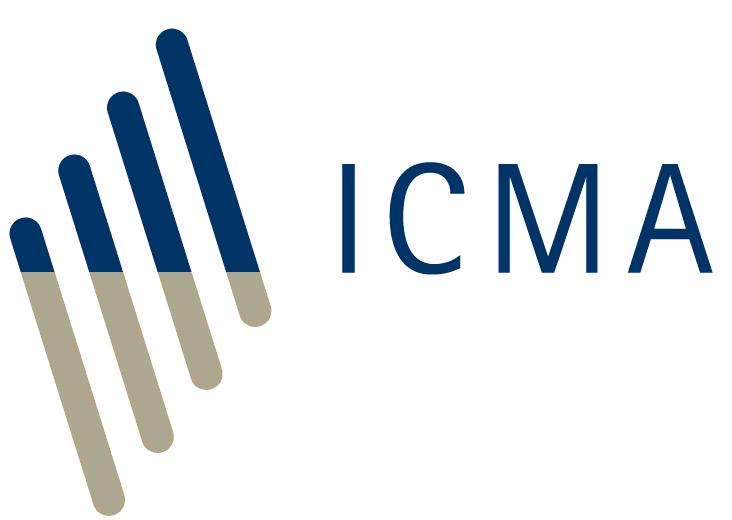Rehypothecation is an alternative name for re-pledging. In the derivatives market, rehypothecation is sometimes called re-use. However, the term ‘re-use’ is also applied in the repo market for the onward outright sale of collateral by a repo buyer to a third party in the cash market. This has caused some confusion.
There is an important legal distinction between pledge-based rehypothecation on the one hand and the sale or use of collateral in the (non-US) repo market on the other. In a pledge, title to collateral remains with the collateral-giver. If the collateral-giver grants a right of rehypothecation to the collateral-taker, the collateral-giver remains the owner but only until the collateral-taker exercises his right of rehypothecation. When this right is exercised, there is a material change in the legal relationship between the parties. The pledge is extinguished and the collateral-giver loses his title to the collateral, which is transferred to the third party to whom the collateral has been rehypothecated. In exchange, the collateral-giver is given a contractual right to the return of the same or similar collateral but this claim is intrinsically unsecured (although the collateral-giver is likely to have received funding in return for giving the right of rehypothecation to the collateral-taker and, in the event of the collateral-taker’s insolvency, the collateral-giver may have a contractual right of set-off of all mutual obligations to and from the collateral-taker).
In a repo, the buyer becomes the owner of the collateral at the start of the transaction and can dispose of the collateral when and as he wishes. His right of use is not a discretionary right granted by the seller. It is an automatic right arising from property ownership.
Rehypothecation is widely used by prime brokers involved in the collateralisation of derivatives transactions with hedge funds. It is a practice introduced into Europe by US firms. The concept was alien to English and other European laws but formally introduced in 2003 by the adoption of the EU Financial Collateral Directive. Rehypothecation is regarded by prime brokers as essential to the economics of their business. In return for rights of rehypothecation, they can offer clients cheaper funding.
Following the Lehman Brothers default in September 2008, it was discovered that this firm’s operational procedures for managing rehypothecated assets were inadequate, resulting in delays in retrieving the rehypothecated collateral. Some clients may not have fully understood the nature of rehypothecation.
The regulation of rehypothecation differs between countries. In the US, Federal Reserve Regulation T and SEC Rule 15c3-3 limit the amount of a client’s assets which a prime broker may rehypothecate to the equivalent of 140% of the client's net liability to the prime broker. In many other markets, there are no such limits. However, many other restrictions are applied to the rehypothecation of client assets in these markets.
Unfortunately, the inappropriate use of the word rehypothecation in the context of non-US repo has sown confusion among regulators about the nature of repo collateralisation and fed a tendency to conceive of repo as a pledge. Looking at repo through this prism, some regulators perceive systemic risk in the possibility that the return of collateral back along long chains of repos could be obstructed by the failure of one party in the chain. Such an obstruction could indeed be a problem in a chain of pledges (if such a construct were in fact feasible) as the original piece of collateral would need to be passed all the way back along the chain. In repo, however, only equivalent collateral needs to be returned and, as chains of repos are only possible with liquid collateral, the longer the chain, the more liquid the collateral has to be and so the easier it should be to find equivalent collateral. Moreover, if a party in a chain of repos fails to return collateral, its obligation can be netted against the failed party’s obligation to repay cash, which would provide the cash to the latter to try to buy the collateral from a third party. It is argued that misconceived regulatory concerns about collateral re-use along chains of repo are manifest in a largely futile attempt, under the auspices of the G-20’s Financial Stability Board (FSB), to measure the rate of collateral re-use. The chosen formula simply assumes that collateral posted by a firm will be passively sourced pro rata from securities received as collateral and securities purchased outright. For example, if a firm’s holdings of a bond issue came 40% from collateral received and 60% from outright purchases, then the firm is assumed to post that bond as collateral by taking 40% from those bonds received as collateral and 60% from outright purchases. The resulting rate of collateral re-use may therefore be driven as much by cash trading as by repo and so will say little about re-use.
Back to Frequently Asked Questions on Repo contents page
<<< Previous page Next page >>>







